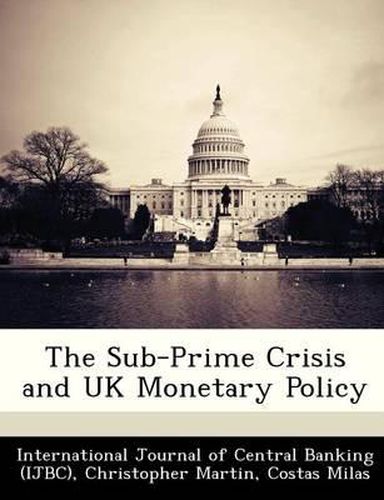Readings Newsletter
Become a Readings Member to make your shopping experience even easier.
Sign in or sign up for free!
You’re not far away from qualifying for FREE standard shipping within Australia
You’ve qualified for FREE standard shipping within Australia
The cart is loading…






The \“sub-prime\” crisis, which led to major turbulence in global financial markets beginning in mid-2007, has posed major challenges for monetary policymakers. We analyze the impact on monetary policy of the widening differential between policy rates and the three-month LIBOR rate, the benchmark for private-sector interest rates. We show that the optimal monetary policy rule should include the determinants of this differential, adding an extra layer of complexity to the problems facing policymakers. Our estimates reveal significant effects of risk and liquidity measures, suggesting that the widening differential between base rates and LIBOR was largely driven by a sharp increase in unsecured lending risk. We calculate that the crisis increased LIBOR by up to 60 basis points; in response, base rates fell further and more quickly than would otherwise have happened as policymakers sought to offset some of the contractionary effects of the sub-prime crisis.
$9.00 standard shipping within Australia
FREE standard shipping within Australia for orders over $100.00
Express & International shipping calculated at checkout
The \“sub-prime\” crisis, which led to major turbulence in global financial markets beginning in mid-2007, has posed major challenges for monetary policymakers. We analyze the impact on monetary policy of the widening differential between policy rates and the three-month LIBOR rate, the benchmark for private-sector interest rates. We show that the optimal monetary policy rule should include the determinants of this differential, adding an extra layer of complexity to the problems facing policymakers. Our estimates reveal significant effects of risk and liquidity measures, suggesting that the widening differential between base rates and LIBOR was largely driven by a sharp increase in unsecured lending risk. We calculate that the crisis increased LIBOR by up to 60 basis points; in response, base rates fell further and more quickly than would otherwise have happened as policymakers sought to offset some of the contractionary effects of the sub-prime crisis.